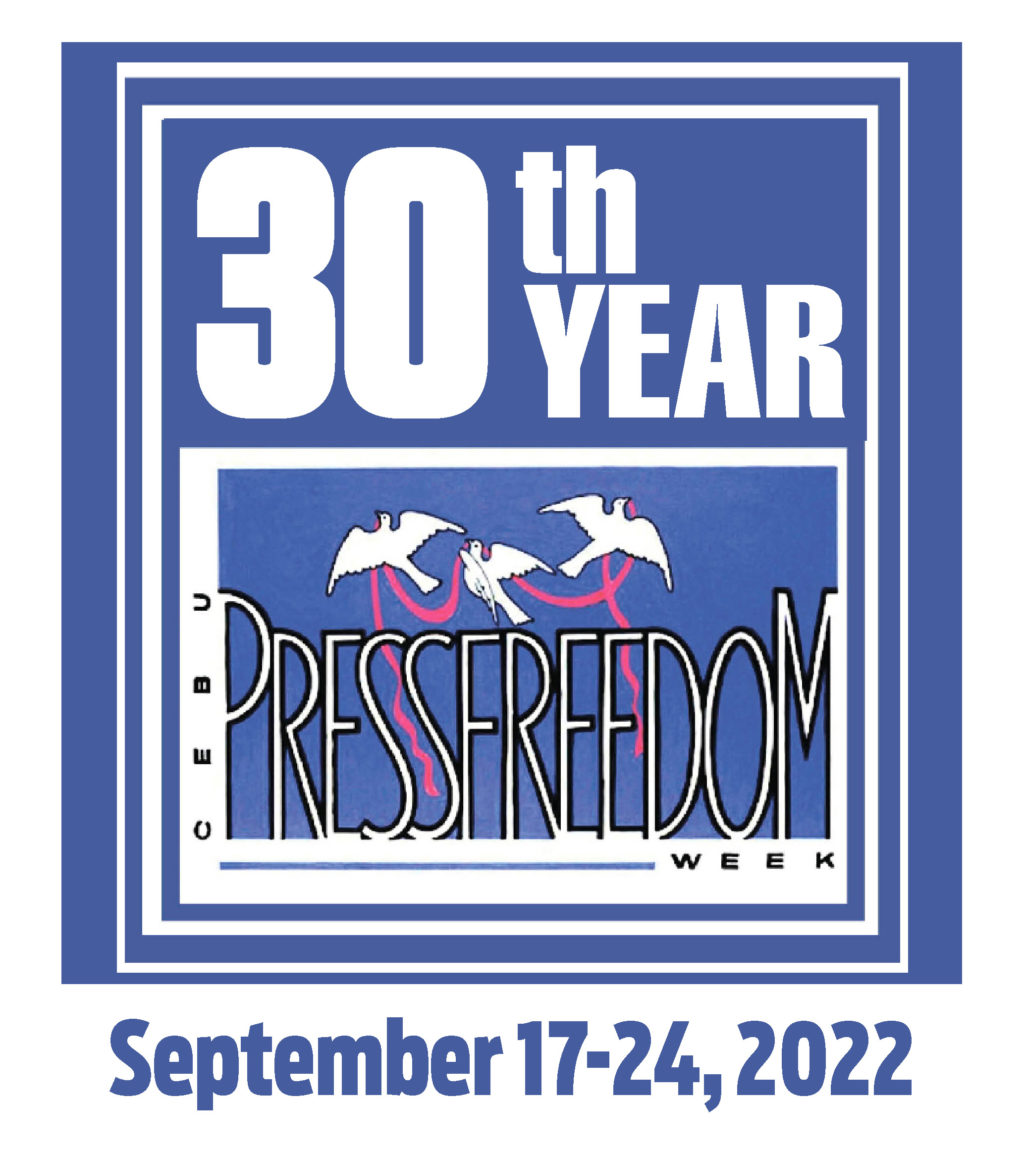
FIFTY years is a long time, long enough for memories to fade.
But what happened on September 21, 1972, will stand out despite the years because the dictatorship that followed was not mere chismis (gossip).
On that day, President Ferdinand E. Marcos Sr. signed Proclamation 1081 placing the Philippines under martial law. A day later, he issued General Order No. 1, s. 1972, transferring all powers to himself as president who was to rule by decree. (Official Gazette of The Republic of the Philippines).
On September 22, 1972, Marcos also issued Letter of Instruction No. 1, authorizing the military to take over all privately owned “newspapers, magazines, radio and television facilities, and all other media of communications” until otherwise ordered by him.
Thus, journalists were among martial law’s first victims, targeted because the free circulation of information, provision of a platform for the multiplicity of citizens’ voices to be heard, and holding of those in power to account, are anathema to dictators.
Philippines Free Press publisher Teodoro Locsin Sr. and his associate editor Napoleon Rama were arrested, as were Manila Times publisher Chino Roces, Daily Mirror editor Amando Doronila, Graphic magazine editor Luis Mauricio, and Philippine News Service contributing editor Juan Mercado, who would later write columns for Cebu newspapers.
In 2002, Mercado told SunStar Cebu that the military reined in the media by copying arrest orders by the thousands and serving these to anybody anytime. Arrests were not explained. “They just invented reasons for it,” he said.
In the same interview, Juanito Jabat, associate editor of The Freeman during martial law, described how military men barged into newsrooms anytime, barking orders. Jabat heeded every order of the Philippine Constabulary, including publishing only stories that put the Marcos administration and his family in a good light, for fear of landing in jail or having the paper’s license revoked, he said.
“Marcos issued at least 11 presidential decrees that suppressed press freedom,” the Official Gazette says. “Journalists who did not comply with the new restrictions faced physical threats, libel suits or forced resignation.”
In 1986, Filipinos overthrew the dictatorial regime of Marcos in the Edsa people power revolution.
But just 36 years later, his son and namesake sits as President of the land.
Cebu media celebrates Cebu Press Freedom Week, on its 30th year, against this backdrop. The yearly celebration is held on the week which has September 21 in it, to remind citizens that martial law led to the most flagrant violations against press freedom and free speech and that this could happen again if they are not vigilant.
It’s a daunting task, however, to keep the memory of those dark days alive.
Historical revisionism and disinformation are rife. Social media and the anonymity they provide authors have turbo-charged the distribution of such information to a whole swath of the population that, having never lived through martial law, relies only on the word of others on what really happened then.
Over 77 percent of Filipinos today are 46 years old or under, too young to have known what martial law was like. Sixty-five percent of Filipinos weren’t even born yet when the 1986 Edsa revolt ended the dictator’s 20-year rule.
So it’s not only about remembering. It’s also about educating those who weren’t there about the battles that had to be won so that they could be free to speak their mind today.